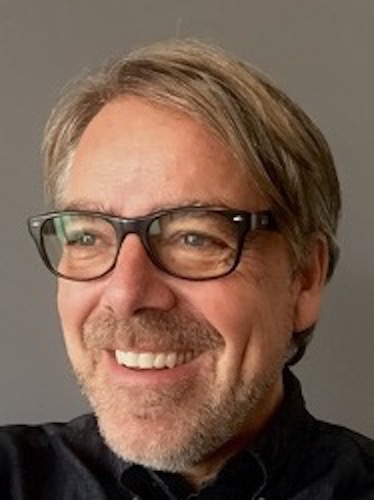
It’s no secret that 2020 was a terrible year for senior living communities and nursing homes in the United States. The pandemic created a perfect storm for the entire long-term care industry, and companies that were founded to provide care and services for the most vulnerable members of our society were cast as the villains in the fight against COVID-19.
It was an unfair characterization, to be sure, but for most of last year, the flaws in the national response to the pandemic often were explained in the context of outbreaks at senior living and care residential settings. As the country moves into the post-pandemic reality, the industry has a lot of work to do to regain public trust.
To describe the situation as unfair is an understatement. People who work in these communities literally risked their lives to protect the people in their care, but overcoming a negative public perception is much more difficult than simply announcing that things are back to normal. Companies in this industry need to go the extra mile not only to make sure that their communities are safe but also to make sure their communities are perceived as safe. And one of the best ways to do this is to demonstrate to potential residents and their families that as many precautions as possible are being taken to protect the safety of residents.
One of the best ways to do that is by doubling down on protocols related to cleanliness. Those protocols need to go well beyond government-mandated guidelines, because the industry is facing an uphill public relations battle in which facts and logic are no match for rumor and innuendo. Floors need to be cleaned every few hours not only to keep communities safe, but to create a peace of mind that unfortunately doesn’t exist right now.
One of the best ways to do this is by demonstrating a strong commitment to clean circulated air. Every senior living community has an HVAC system and filtration capabilities, of course, but that is the bare minimum when it comes to how the world looks at the long-term care industry. That’s why portable and temporary air purification devices are used by so many of communities. Not only do they provide real benefit by purifying more air than standard systems; they also serve as a powerful demonstration that operators are taking ventilation and air quality seriously.
One of the benefits of this approach is that it solves two key problems. The first is the perception issue that the entire industry is facing right now because of the pandemic. Simply put, operators need to demonstrate to the public that they are putting safety and wellness first. Unfortunately, the long-term care industry doesn’t have the luxury of simply saying that everything is fine because state governments are taking actions or the U.S. Senate Finance Committee is actively addressing the issue of safety in nursing homes. Now is not the time to quietly go back to the way things were before the pandemic.
If this were just a public relations ploy, it would be one thing, but these systems also solve a real problem that just about every residential long-term care setting — or any type of building, for that matter — faces: keeping circulated air as clean as possible. Installed HVAC systems are great at maintaining temperature and eliminating particulates, but in many cases, they simply don’t filter enough air to keep communities as clean as possible. That’s why thousands of businesses, from gyms to retail stores to hospitals, supplement their existing systems with portable purification devices.
We all know that it’s easy to make cosmetic changes to change public perceptions. Sometimes those efforts work, and sometimes they don’t, but even if they’re executed perfectly, they don’t solve the real problem. For senior living communities and other long-term care residential settings, the only way to regain public trust is to make real changes to how buildings are kept clean and safe. And it all starts with re-thinking what cleanliness and safety look like.
Marshal Sterio is the CEO of Surgically Clean Air, a Toronto-based manufacturer of portable systems that purify air by supplementing existing HVAC systems. The company’s products are market leaders in dental practices, currently protecting more than 50,000 dental professionals, and are used by Fortune 500 companies, Major League Baseball clubs, the NBA, the NHL and thousands of other organizations.
The opinions expressed in each McKnight’s Senior Living marketplace column are those of the author and are not necessarily those of McKnight’s Senior Living.


